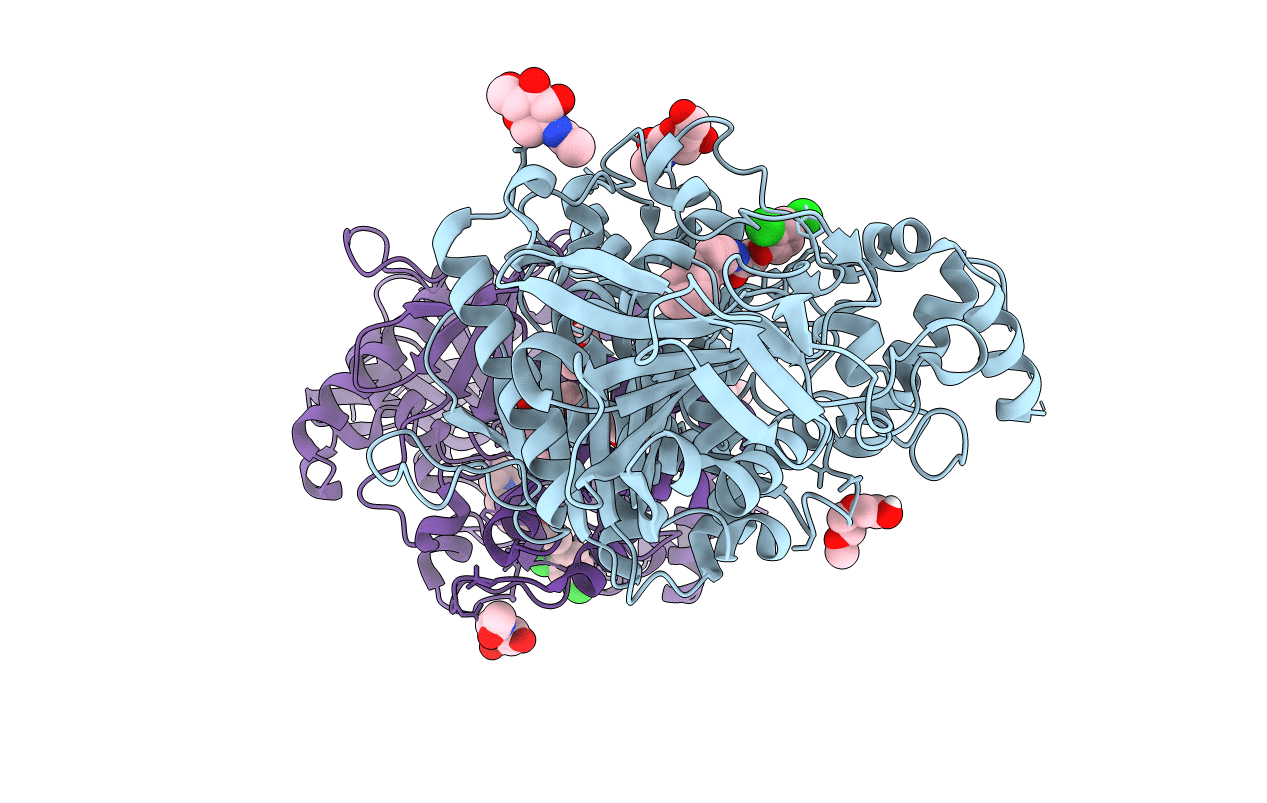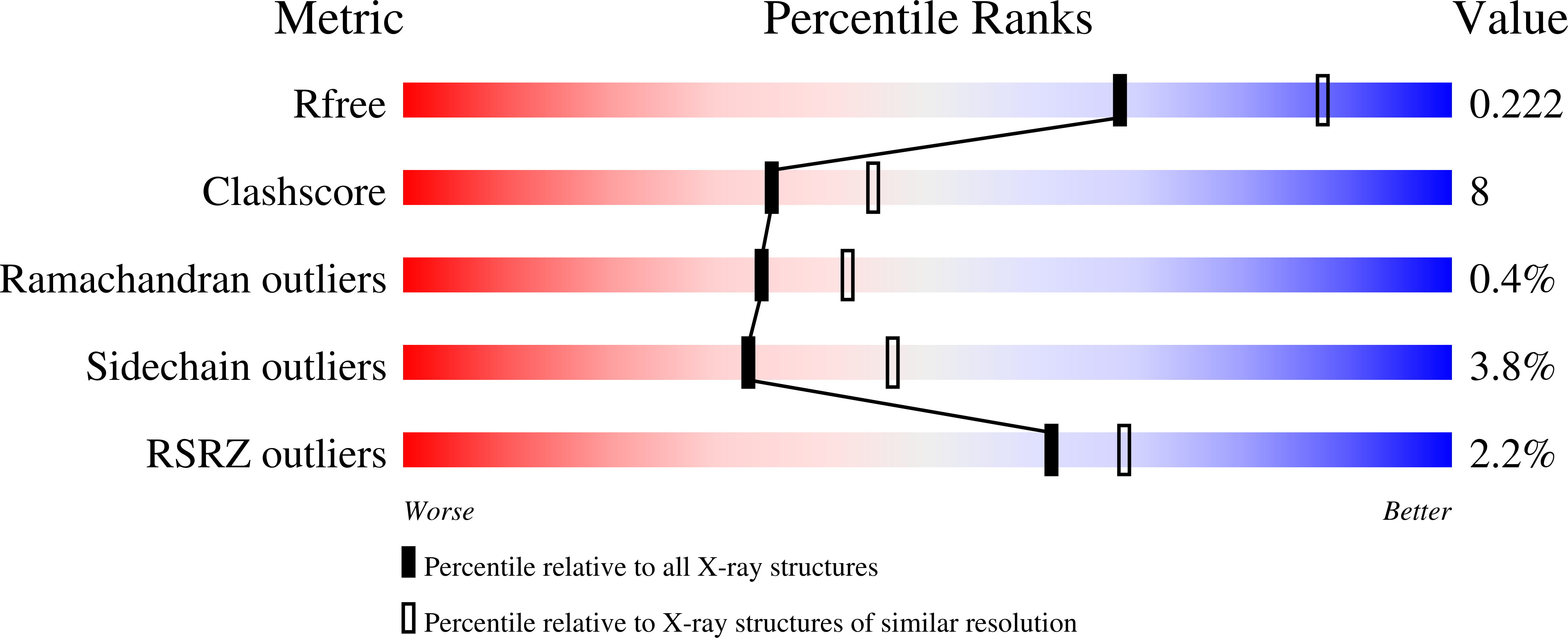
Deposition Date
2015-11-25
Release Date
2016-03-02
Last Version Date
2024-10-23
Method Details:
Experimental Method:
Resolution:
2.30 Å
R-Value Free:
0.22
R-Value Work:
0.19
R-Value Observed:
0.19
Space Group:
P 21 21 21


